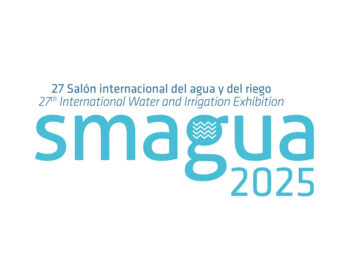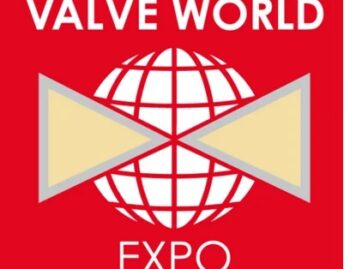
ZAES, arguably one of the industry leaders in 1TP5Safety and Relief Valves, continues to excel as a benchmark company in the efficient supply chain management of these essential components in the #industry.
With a track record spanning decades of commitment to 1TP5Quality and service excellence, ZAES prides itself on its comprehensive approach to supply chain optimisation to meet the demands of its customers effectively and efficiently.
Improving Efficiency and Reliability
One of the main factors contributing to ZAES' 1TP5Success in managing the supply chain of 1TP5Safety and Relief Valves is its continuous investment in state-of-the-art technology.
The company uses advanced inventory tracking and management systems, allowing complete visibility of stock in real time and accurate #planning. This results in increased production efficiency and reduced lead times.
The different phases are detailed here:
Supplier Evaluation: Regularly assess suppliers' performance in terms of quality, delivery times and costs.
Transport Cost Analysis: Optimise transport costs and select the most efficient routes for valve distribution.
Contingency Planning: Develop contingency plans to deal with unforeseen situations, such as supply chain disruptions.
Returns and Repairs ManagementEstablish processes to handle returns of defective products and manage the necessary repairs.
Project Management: Coordinate customised projects for customers requiring specific safety and relief valve solutions.
Interdepartmental collaboration: Encourage collaboration between the different departments of the company, such as sales, production and logistics.
Data Analytics: Use data analytics to make informed decisions about supply chain management and market demand.
Calibration and Maintenance: Establish regular calibration and maintenance programmes to ensure that valves are functioning optimally.
Packaging Standards: Define packaging standards to protect the valves during transport and storage.
Innovation Project Management: Promote research and development projects to improve valve efficiency and technology.
Documentation Management: Maintain accurate records of valve-related documentation such as technical specifications and certifications.
Supply Chain Security: Implement security measures to protect the supply chain against theft or sabotage.
Human Resource Management: Ensuring the availability of trained and competent personnel at all stages of the supply chain.
Quality audits: Conduct regular audits to ensure compliance with quality standards.
Setting Targets and KPIs: Define targets and Key Performance Indicators (KPIs) to measure and improve supply chain performance.
Product Lifecycle Management: Manage the entire life cycle of valves, from design to final disposal.
Storage Space Optimisation: Efficient use of storage space to reduce costs.
Customs and Regulatory Compliance: Ensure that all customs and trade regulations are complied with in import and export operations.
Subcontractor management: Coordinate and supervise subcontractors involved in the manufacture of components.
Obsolete Inventory Management: Implement strategies to minimise obsolete and unsaleable inventories.
Recycling and Sustainability: Establish recycling and sustainability programmes to minimise environmental impact.
Container and Returnable Packaging Management: Use returnable containers and packaging to reduce waste and costs.
Geopolitical Risk Assessment: Assess and mitigate geopolitical risks that may affect the supply chain, such as changes in trade policies.
Adaptive Capacity: Be able to adapt quickly to changes in market demand or unexpected disruptions.
Market research: Conduct market research to understand trends and changing customer needs.
Quality Management in Subcontracting: Monitor and ensure the quality of outsourcing operations if this strategy is used.
Collaboration with Business Partners: Collaborate with strategic business partners to improve the supply chain.
Long-term Storage Strategies: Plan for long-term storage and preservation of valves in optimal conditions.
These additional points address even more crucial aspects of the #supply chain management of safety and relief valves!









